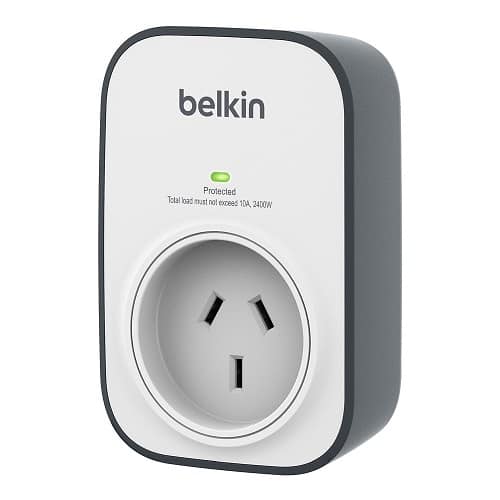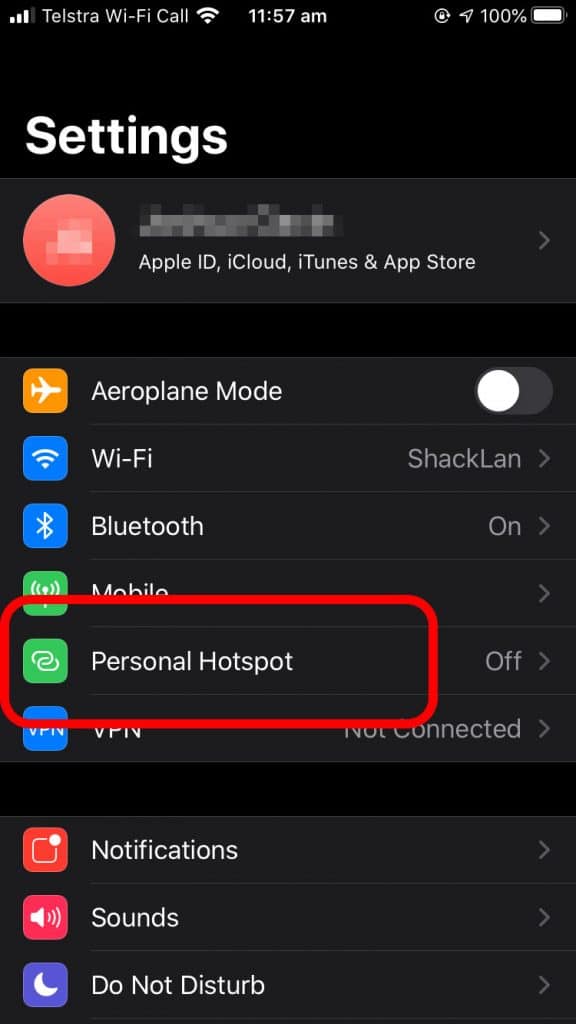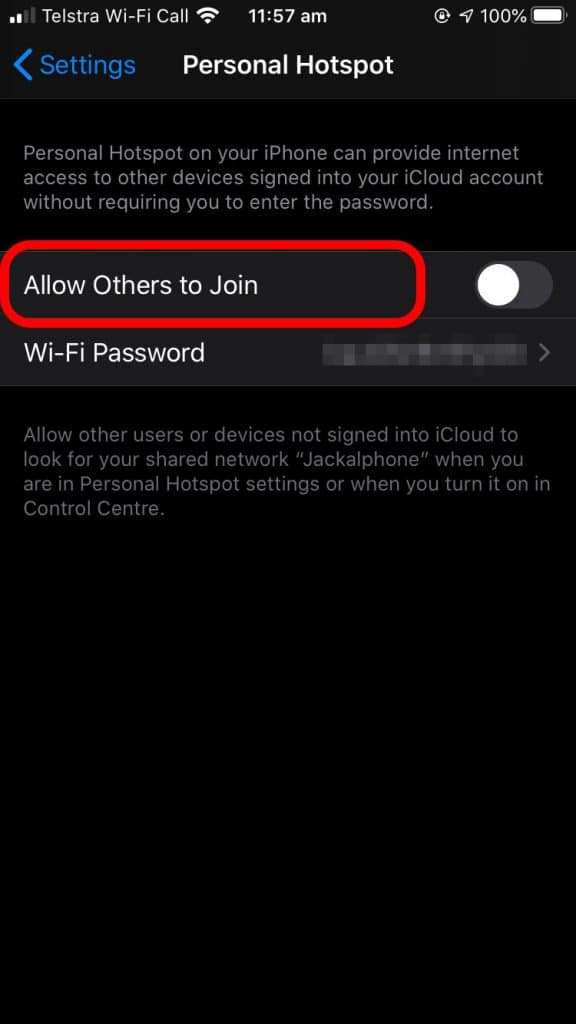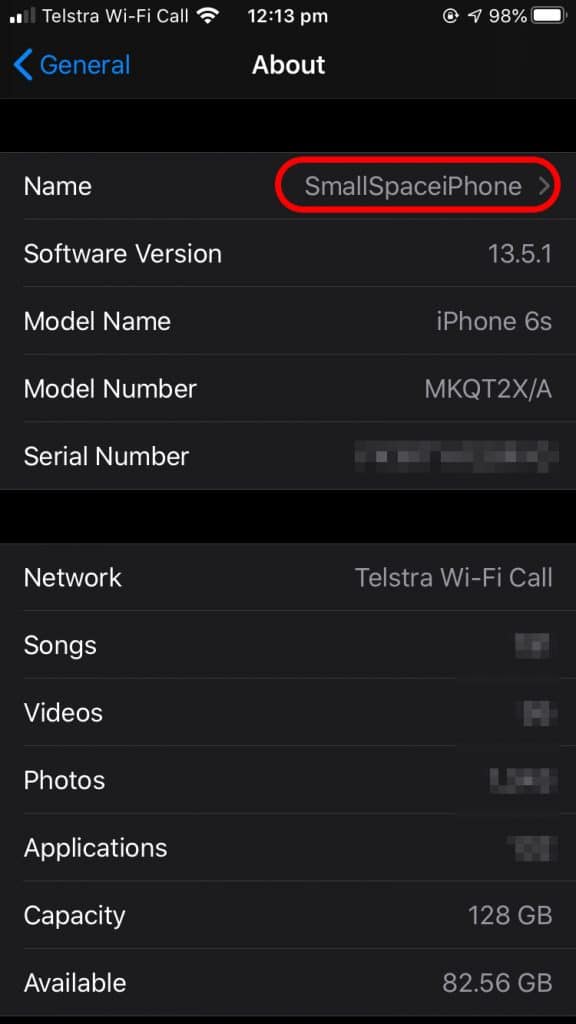After last night’s blackout, I have felt the need to inform you about ways you can protect sensitive electronic equipment from damage during blackouts and thunderstorms.
Ideally, the best way to protect your equipment is to disconnect it from the power point, isolating your equipment from potential damage. But this is not practical in many cases such as if you are away from home when the storm arrives or at workplaces and offices outside of business hours.
Surge Protectors
Surge protection can be an intricate art and for best results, you can hire a licensed electrician to install whole-house or whole-building surge protection at the switchboard. This will protect against most power surges but will not protect from lightning strikes.
The next best option to protect your sensitive equipment is plug-in surge protectors. These come in a variety of forms and a variety of qualities at every price point. These will protect your equipment from over-voltage conditions but will do nothing to protect it from Under-voltage conditions or blackouts.
If you are fine with equipment not operating during a blackout then a high-quality surge protector is a fine investment to protect it from all but extreme over-voltage conditions.
Uninterruptible Power Supplies
Uninterruptible Power Supplies or UPS for short are battery backup devices with built-in surge protection. Basic UPS units are called Line Interactive and take a few dozen milliseconds to swap from mains supply to backup while more expensive double conversion UPS units can instantly switch over to providing power.
UPS devices have two ratings, battery capacity and output capacity. Battery capacity determines how long it can provide power while output capacity determines how much power it can provide to connected devices. More expensive UPS units can provide more power or power for longer.
The biggest advantage of a UPS is the ability to safely shut down computer and server equipment after a power failure, minimizing the risk of data loss or corruption during an unexpected power loss. Most UPS units can communicate with desktop PCs, NAS units and servers which can be configured to shut down when the UPS reaches a certain level of remaining power.
UPS devices do have batteries that require replacing every few years to maintain capacity and while they also contain surge protection circuity, it’s advised that an external surge protection device be placed in front of the UPS to take most of the damage of a surge to prolong the life of the more expensive UPS.
Higher End soloutions
If you require long-term operations during a power outage or whole building backup power it is possible to combine a generator with a UPS. In such situations, you should seek the advice of a qualified electrician specializing in backup power solutions or power wall batteries.
Ultimately lighting is the one thing that is almost impossible to protect against. The energy levels are enough to blow through any surge protection device thrown in its way. The best way to protect against lightning damage is to disconnect your devices and make sure your insurance policy covers lightning strikes.










